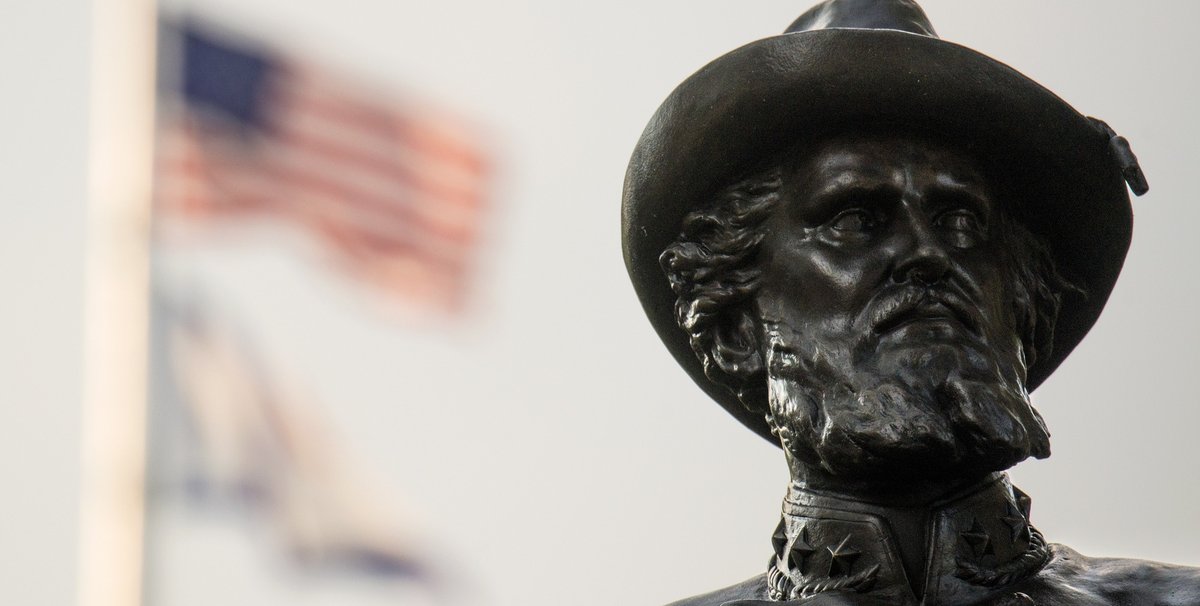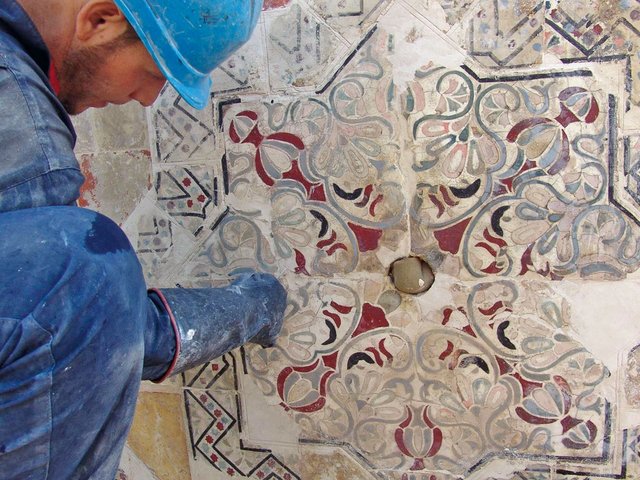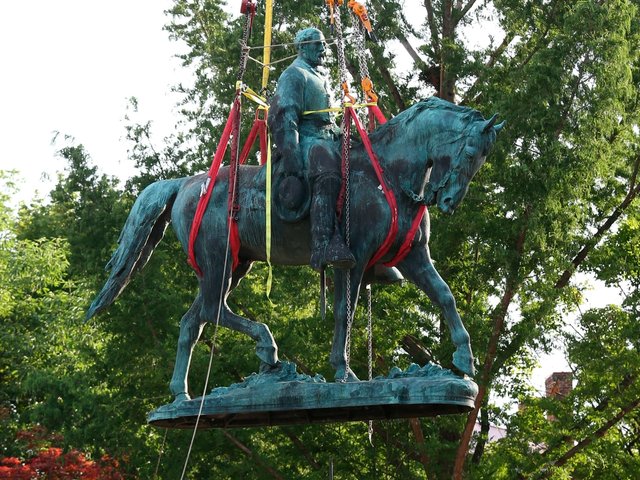A violent white nationalist rally in Charlottesville, Virginia on 12 August, which started around the planned removal of a statue of the Confederate General Robert E. Lee in the city, has intensified debates over what to do with Confederate monuments—and what they stand for. Are these monuments symbols of heritage or hatred? Should they be kept as historical reminders, or moved to museums? Should they be dismantled or destroyed?
The city council of Baltimore, Maryland acted quickly this week, voting unanimously to remove four Confederate monuments, including one dedicated to Confederate women and dual equestrian statues of the Confederate generals Robert E. Lee and Thomas J. “Stonewall” Jackson. Crews accompanied by police officers carried out the removals during the early hours last Wednesday (16 August), while small crowds looked on and cheered. The destination of the statues has not been determined.
“For me, the statues represented pain,” Baltimore’s mayor Catherine Pugh said at a news conference later that day. Other recent removals include a statue of a Confederate soldier in Gainesville, Florida on 14 August (after a decision taken last May). City and state governments around the country are looking at what to do with monuments. The mayor of Dallas, Texas, Mike Rawlings, announced the creation of a task force to explore options over the next 30 days for the city’s Confederate monuments, and Greg Fischer, the mayor of Louisville, Kentucky, has called for a review of the city’s public art to create a list of works that could be interpreted as honouring bigotry, racism or slavery.
Many of these seemingly sudden removals have in fact been planned or discussed for years and were only hastened by the Charlottesville riot. Nationwide discussions on the topic began in earnest in 2015, after the murder of nine members of an African American church in Charleston, South Carolina by a white supremacist, Dylann Roof. The New Orleans City Council voted to remove four confederate monuments that year, which were carried out between April and May this year. The office of Mayor Mitch Landrieu received death threats ahead of the removals, and a removal contractor’s car was firebombed in 2016. According to the New York Times, Baltimore’s mayor, Catherine Pugh, met with Landrieu in June to discuss removing her city’s statues.
On Monday (14 August), protesters in Durham, North Carolina took matters into their own hands, tearing down a Confederate Soldiers Monument at the former courthouse. Four protestors have been handed felony and misdemeanor charges, including participation in a riot with property damage in excess of $1,500. The next day, North Carolina’s governor, Roy Cooper, issued a statement that advocated for the removal of Confederate monuments. “We cannot continue to glorify a war against the United States of America fought in the defence of slavery. These monuments should come down,” he said. “Our Civil War history is important, but it belongs in textbooks and museums — not a place of allegiance on our Capitol grounds. And our history must tell the full story, including the subjugation of humans created in God’s image to provide the back-breaking labour that drove the South’s agrarian economy.”
A report published in April 2016 by the Alabama-based Southern Poverty Law Center located more than 700 Confederate monuments in the US, which, though mainly in the South, spread across 31 states and the District of Columbia. While dedication of such monuments started in the 1860s, immediately after the Civil War, the two spikes in construction were in the 20th century—first, from the 1900s to the 1920s, coinciding with the resurgence of the Ku Klux Klan and the Jim Crow laws, when states promoted segregation; and then during the civil rights movement in the 1950s and 1960s.
“The monuments don’t date to the Civil War itself; they are post-war efforts to change what the history really was,” says Harold Holzer, a leading scholar of the period and the director of the Roosevelt House Public Policy Institute at Hunter College, New York. The statues were meant to be an intimidating presence and convey to people of colour that there was a limit to their newly won freedoms and rights. “They were made to say: ‘As long as these are looming over you, just be reminded that things aren’t going to change that much’.”
This problematic history is complicated by the fact that “a lot of the art is really good”, Holzer says. He points as an example to an equestrian statue of General Lee by the French sculptor Antonin Mercié in Richmond, Virginia. “That was dedicated in the 1890s with great fanfare, and I’d hate to see that destroyed or even come down.” It was joined by more Confederate monuments during the early part of the 20th century—as well as a statue of the Richmond native and African-American tennis star Arthur Ashe unveiled in 1996. “I was hoping that was going to be the model,” Holzer says, of the decision to create new art that commemorates the histories of people of colour. “Put up a monument to [social reformer and writer] Frederick Douglass, put up [women’s rights activist] Sojourner Truth or Robert Smalls, who was the first African-American to captain a ship for the Union Navy.”
However, President Trump’s endorsement of Confederate monuments and his characterisation of white supremacist protesters in Charlottesville as “good people” who were merely concerned with protecting their heritage will likely have a negative effect on the works’ future, he says. “He’s doomed these statues to the junk heap,” Holzer says.




